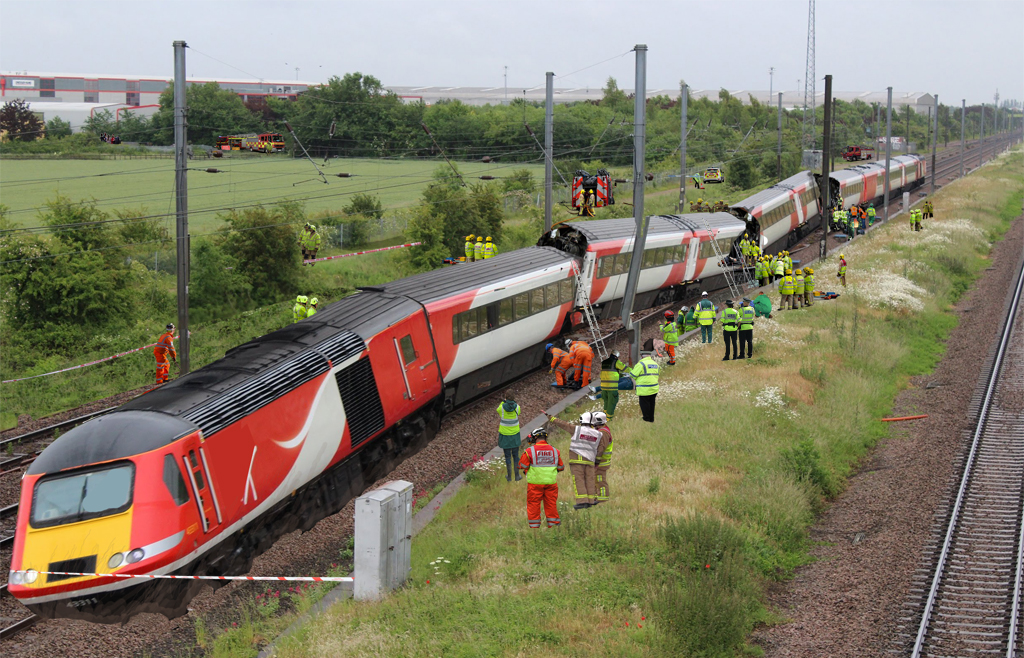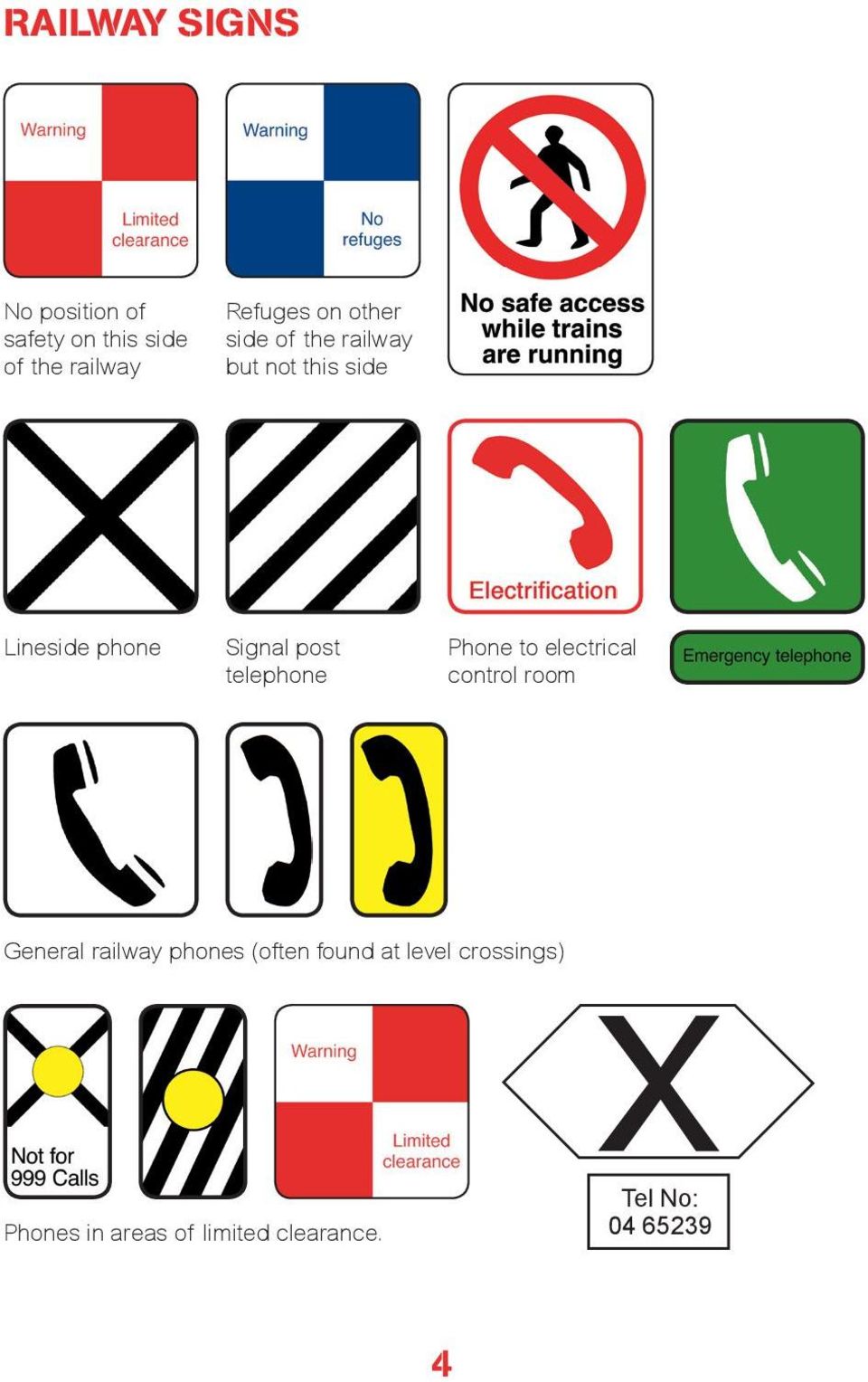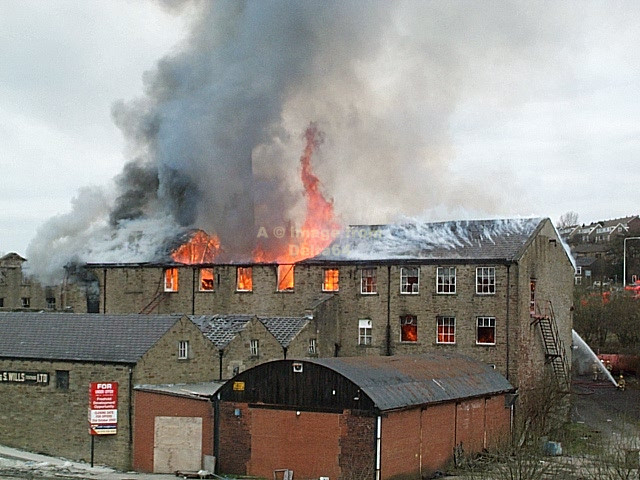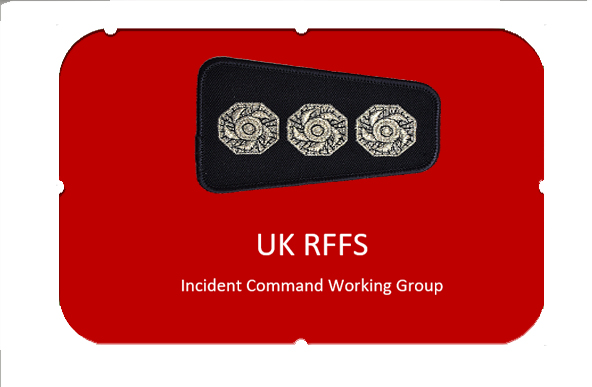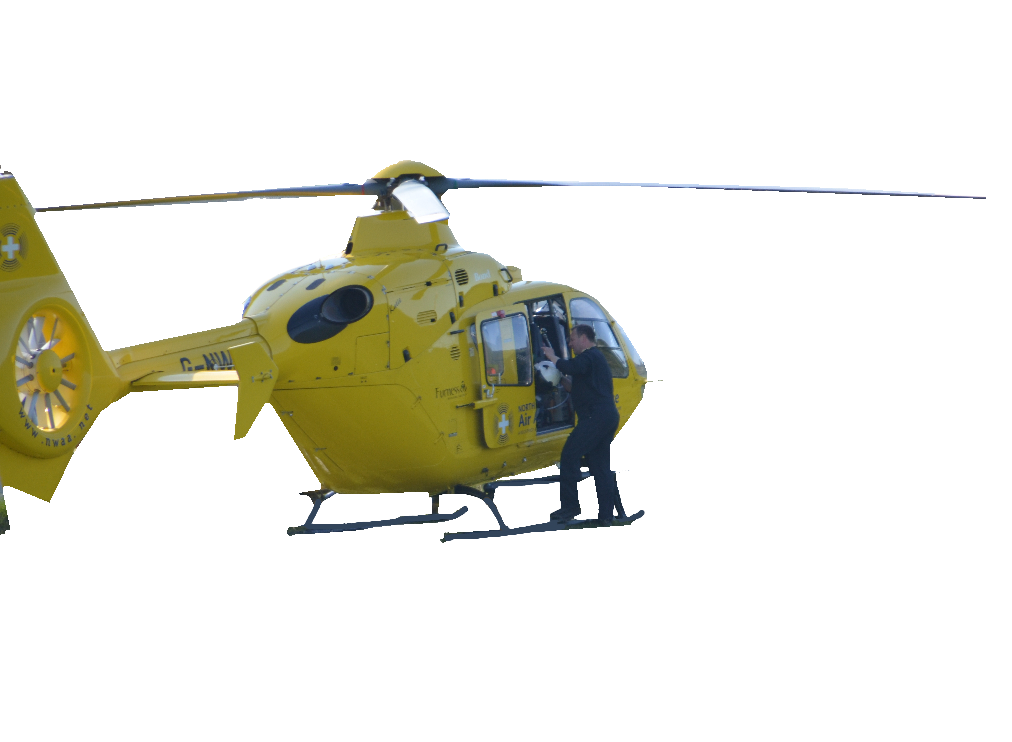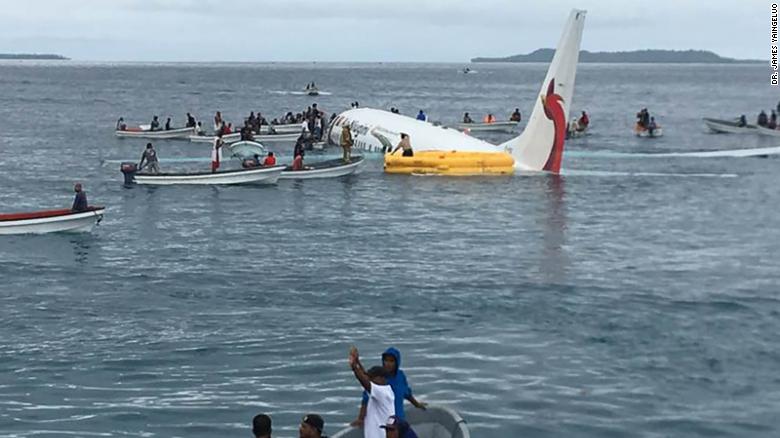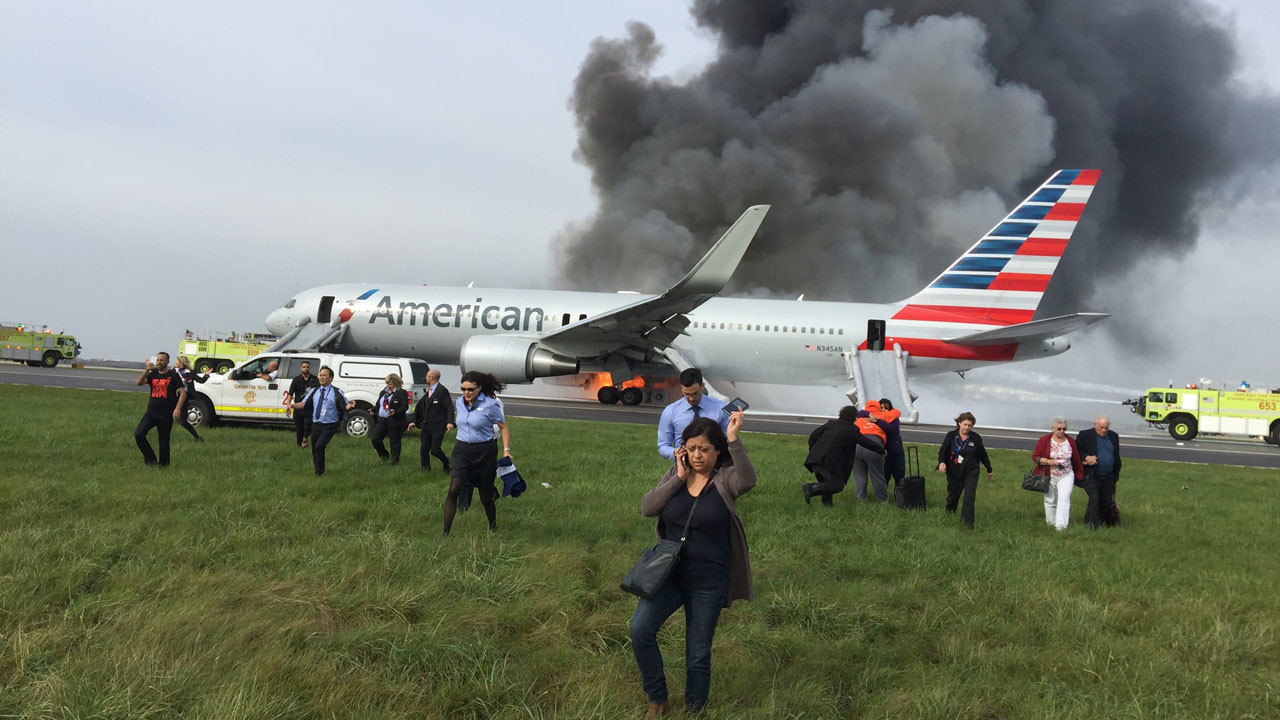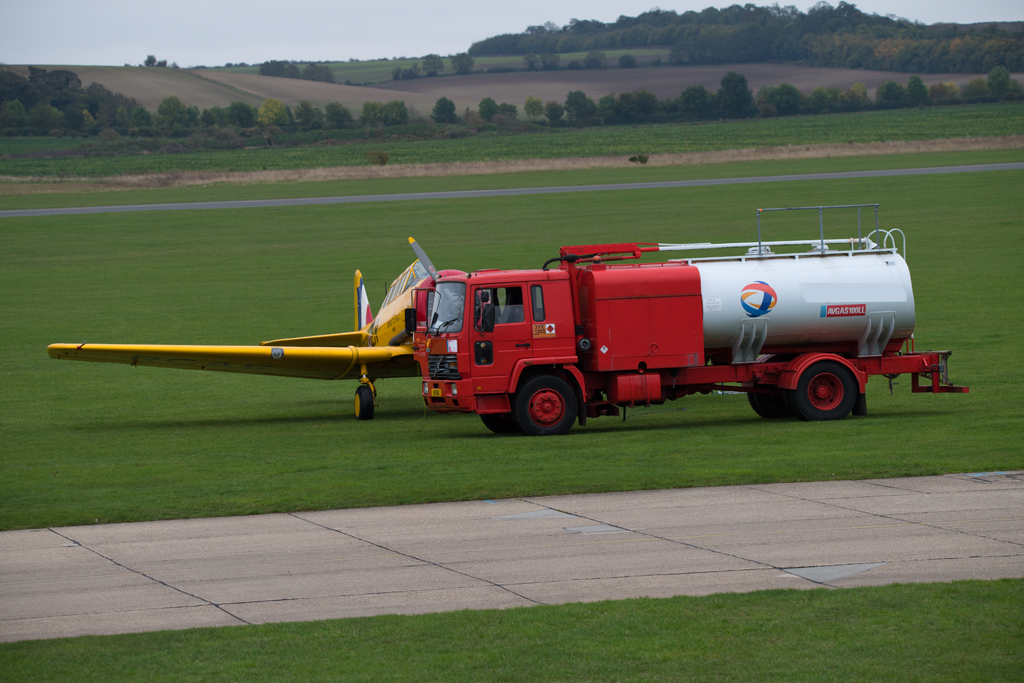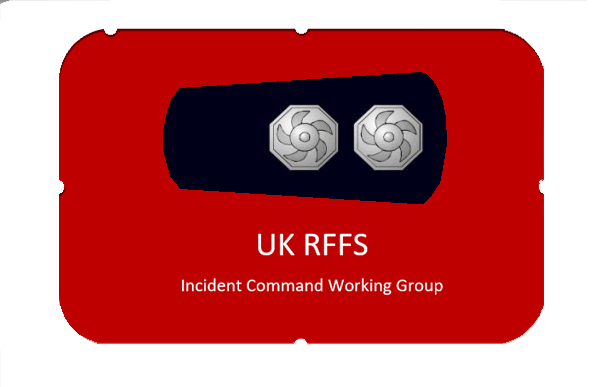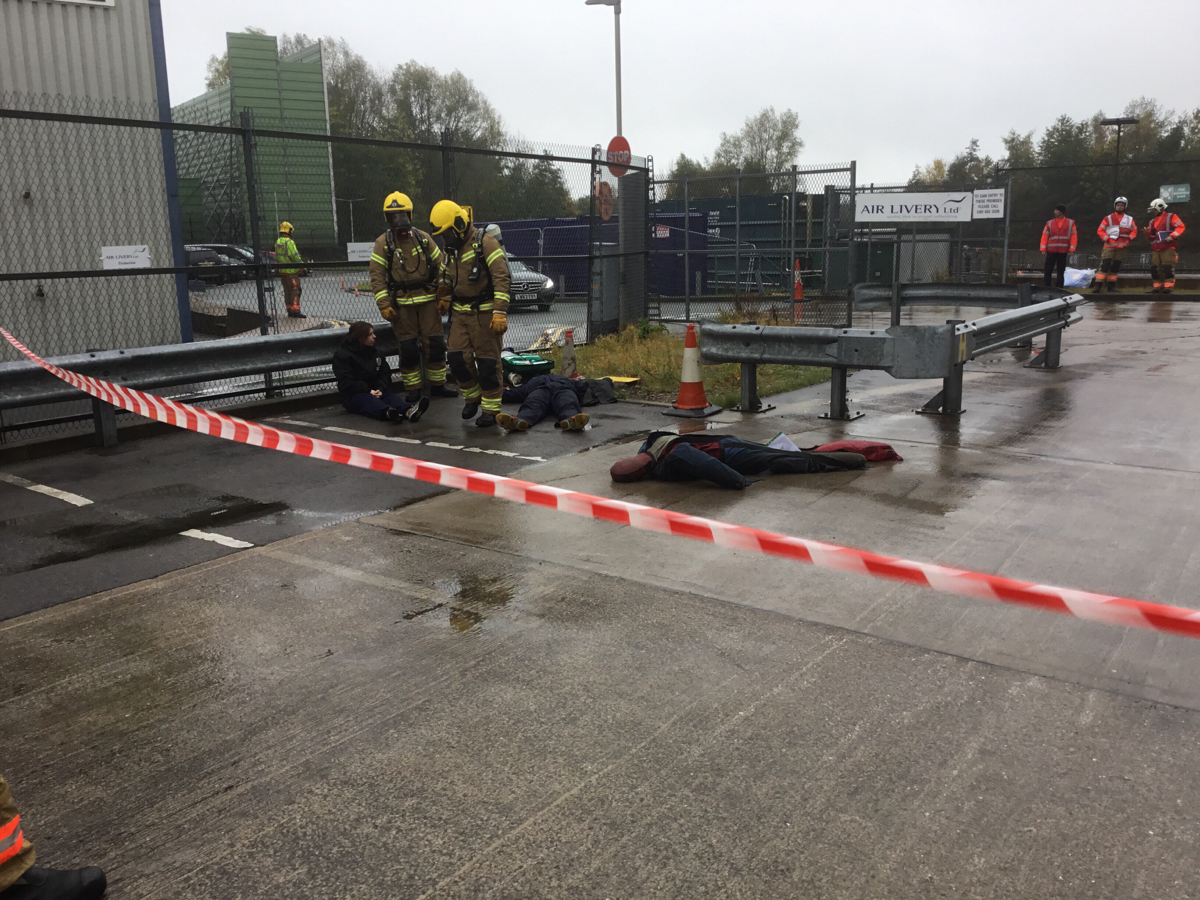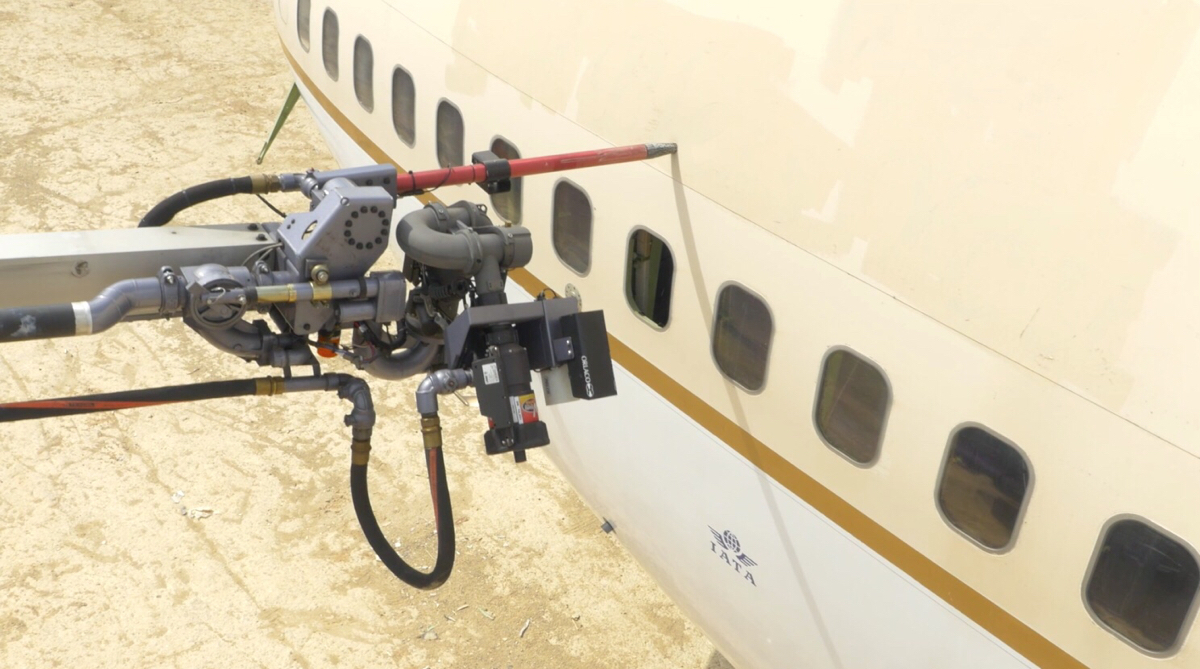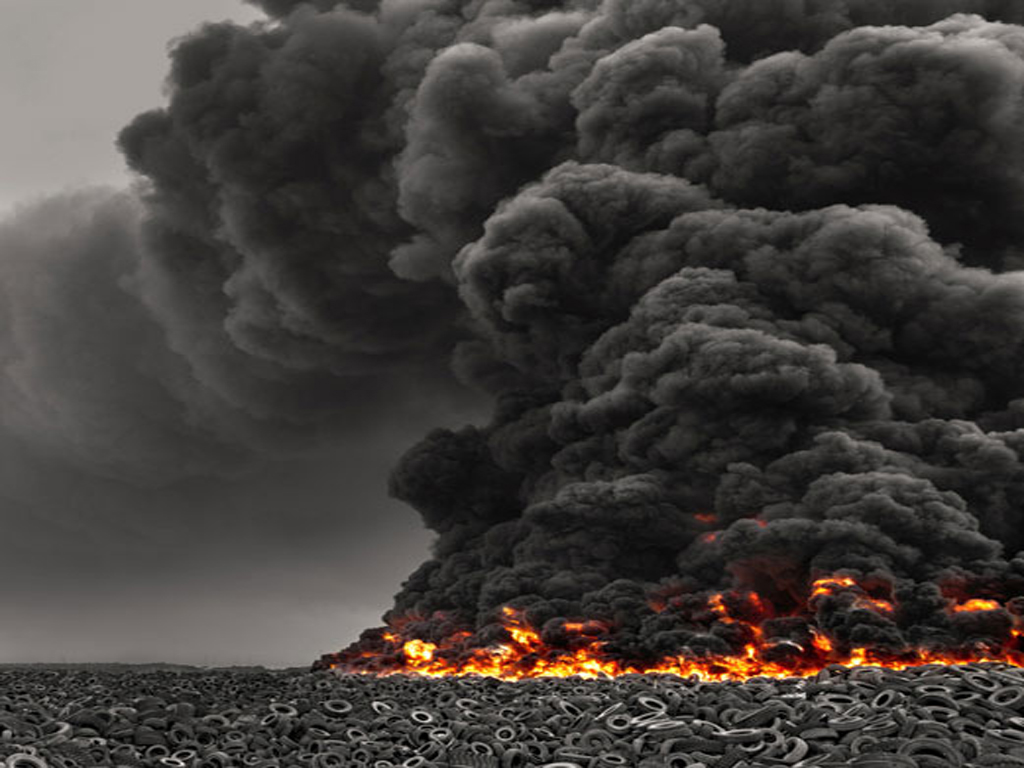Title Page
-
Document No.
-
Weather currently, detail any expected change if known. Day or Night
- Fine and Sunny, warm to hot
- Wet and Windy, cold
- Dry and Overcast warm
- Rain moderate or light
- Windy
- Low visibility
- Showers
- Frost or Snow
- Day
- Night
-
Has the current of the water been considered and recorded,
-
Incident number if known or assigned
-
Conducted on
-
ARA completed by
-
Location
-
Location without auto locate, detail or Multi occupation site
-
This checklist provides a guide to assist and support the dynamic risk assessment and the declaration of the correct Tactical mode, at a suitable stage a more detail assessment of risk should be conducted using UK RFFS WG 12 Safety Template.
Having carried out the dynamic risk assessment and established a tactical mode, an incident commander should be aware of the immediate hazards, who is at risk and the control measures necessary to protect them. This should be completed and recorded on all occasions when the recorded dynamic risk assessment is not sufficient.
Once completed this information should be communicated effectively with all relevant agencies attending the scene and the risk information shared to improve the situational awareness of all on scene. The checklist is not definitive merely a guide to assist where needed and are suggestions only, these are not a substitute for training and following service procedures or guidance.
Assessment of scene on Arrival
-
Are you in a safe position and wearing the correct level of PPE, Ensure you more than 3 Metres from any Running Rail
-
Have you agreed with Crews safety signals to withdraw and a defined safe area
-
Can you safely conduct a 360 degree safety survey of the incident scene, define if limited to one side of a scene only
-
Is there a clearly involved Life Risk that requires Immediate Deployment
-
Does this involve Operational Discretion, if so capture as soon as possible the decision rationale
-
Outcomes which would justify applying operational discretion include: • Saving human life • Taking decisive action to prevent an incident escalating • Incidents where taking no action may lead others to put themselves in danger
The overarching principle should be that in the opinion of the incident commander the benefit of taking unusual, unorthodox or innovative action justifies the risk. Any decision to apply operational discretion should be the minimum necessary and only until the objective is achieved. -
How many lines are involved, Rail lines can be Bi Directional
-
Is the line fully Blocked
-
Are any visible indicators of Hazmat present, UKTHIS panels, UN numbers
-
Has the Track been isolated by the driver or guard with track circuit clips, detonators
- None
- Detonators
- Track Circuit clips
- Look Outs
- Phone response to control rooms by train or station staff
-
Are the tracks still lives and Trains running
- Live rails to traffic still in use
- All Trains stopped
- Trains running at caution
- Unknown, acting with due caution until confirmed
-
Have all personnel had a safety brief, Aware of service SOP for Rail.
-
Have you a Thermal image camera to assist the incident survey or casualty search
-
incident detail
- Derailment, any size
- Fire
- Collision of any kind
- Hazmat
- Persons Trapped
-
Search Plan Considerations for Rail see guide below for detail
Gather information from the public and liaise with other agencies, Police to collate witness statement if possible
Search in hidden voids
Review passenger/cargo manifests, Train Manager, Guard or Driver
Be aware of seating and standing capacities
Look for occupancy indicators -
Is the incident likely to impact on areas away from the incident scene and transfer any risk to another location
- Incident safety issues confined to incident scene only
- Incident safety issues present some transfer risk to the site
- Incident safety issues present an off site transfer of risk
- Incident safety presents significant risk off site and the wider area
-
If safe and permitted can you take a photograph as evidence of current scene from a safe position
-
Visbility and Ground conditions, Access and Egress
- Good visbility
- Good conditions underfoot
- Poor ground conditions, unmade
- Poor visibility
- Low Smoke to ground, obscurring visibility
- Slippy, Wet
- other detail in notes if needed
- Access/Egress is good
- Access Egress is Poor
-
Are there Overhead lines or 3 rd Rail present, are the damaged, any cables damaged, Isolation needed
-
Check on other expected Traffic from Driver or Guard, have they notified Rail control
- Fast Flowing, in Flood
- Frozen or Partially frozen
- Slow Moving or Still water
- Moderate flow, Non Flood
- Fast Flowing, Non Flood
- Quicksand suspected or known
- Mud or channel on Estuary
-
Incident Location involves, can you see any location plates to identify location, Trackside phones
- Station Platform
- Embankment, Line sits on top
- Cutting , Line sits at the bottom
- Tunnel or Tunnel portal
- Viaduct, Bridge
- Gantry, Signalling, Cables or Track side cabinets
- Other, detail in notes
-
Trackside equipment, Gantries, phones all have identification plates which will help in messages to confirm your exact location
-
Confirm if Limited Clearance or No Refuge shown
-
Forward control point defined or identified
-
Have you sent a Methane or Ethane message specify in notes if required
- RNLI
- Coastguard
- Police marine unit, Divers
- Swift Water Rescue specialist
- Air Support, Air Ambulance
- Other rescue service or specialist needed, detial in notes
- Fire
- Police
- Ambulance/HART
- Rail Incident Officer
-
Are any other agencies on scene
-
is a cordon to be established? Specify inner and outer as required?
-
Evacuation or further Evacuation needed? Safe routes to safe areas identified
- Evacuation needed
- Evacuation distance reduced on risk assessment , based on guidance or specialist advice
- Evacuation is to be replaced shelter in place
- No evacuation needed at this time
-
Does the Environment Agency need to be contacted record brief details,
-
For Airports, Has the effect on movements and category been considered, Air traffic control Informed
- All Movement isolated, record current category in note, update as required.
- Movement not affected, record current category in note, update as required.
- Other, describe as required in note
- Specific movements restricted, category affected
- add further detail in notes as required
-
For Airports, Consider Expected length of fire service operations as a result of the incident
- No delays to operations, RFFS available
- No resources available for at least 15 minutes
- Significant delays to RFFS resources 30-60 minutes
- Major delays over 60 minutes
-
Are persons involved as casualties, specify in note how many
- No person directly involved
- Persons involved and require medical treatment
- Persons or animals involved, specialist advice or measures needed
- Decontamination from product will be required
-
Manual Handling Risks considered and briefed to responders
-
is Emergency decontamination carried needed
-
Is a casualty clearance zone needed
-
Consider where this can be safe, well lit and accessible location
-
Are there any outstanding safety issues likely with the casualty clearance zone
- Yes
- No
- N/A
-
Confirmation that Tactical mode is correct at this time after check list survey
